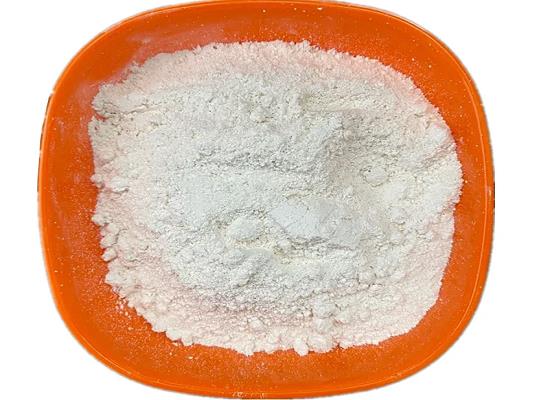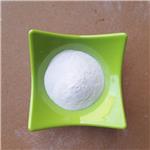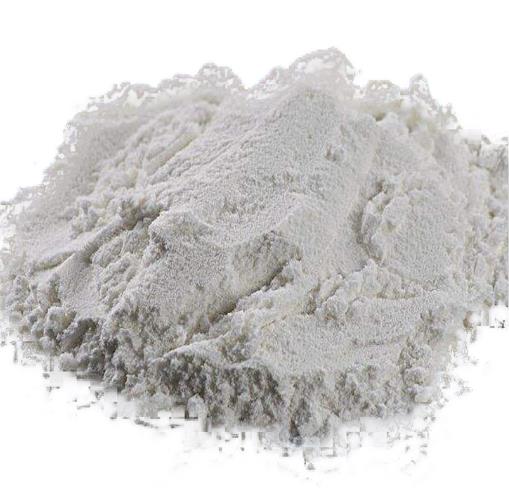β-Galactosidase: Catalytic Mechanism and Conventional Applications
General Description
β-Galactosidase (lactase; EC 3.2.1.23) is a well known and extensively studied enzyme which catalyses the hydrolysis of milk sugar (lactose) into the monosaccharides D-galactose and D-glucose. Lactase is produced by a wide variety of organisms including bacteria, yeasts and fungi. Lactases of yeasts and filamentous fungi are of industrial importance in the saccharification of whey permeate, allowing the subsequent alcoholic fermentation with Saccharomyces cerevisiae. The enzyme is also applied in the treatment of skimmed milk to allow its consumption in developing countries where the incidence of lactose intolerance is high. The lactose operon in Escherichia coli, first described in 1961 by Jacob and Monod, has had an enormous impact on modern molecular genetics.
At present, the lacZ gene and lacI-Z fusions are widely used as indicators.of gene integration and promoter activity. Lactase, encoded by the lacZ gene, can easily be detected by using the artificial substrate o-nitrophenyl-β-D-galactopyranoside (ONPG).
β-Galactosidase was among the first hydrolases to be discovered. In the 1880s and 1890s, many enzymes were described. In most cases yeasts (the word enzyme literally means 'in yeast') were used as a source of these proteins (e.g. invertase, maltase and trehalase). The first report that yeast cells may split lactose enzymatically into its hexose constituents was published by Beijerinck in 1889.1

Figure 1. β-Galactosidase
Catalytic Mechanism
Activation of mutant β-galactosidase by antibodies can be explained by a “selection” mechanism in which the antibody binds and stabilizes those mutants in a native-like conformation and by an “induction” mechanism where binding of the antibody itself induces a conformational change activating β-galactosidase. The “selection” hypothesis was tested by passing β-galactosidase through a column packed with monoclonal antibody-derivatized Sepharose. The antibody retains the active, in preference to the inactive, proteins. The “induction” mechanism was tested by mixing antibody-Sepharose with mutant β-galactosidase and measuring enzyme activity before mixing and that remaining in the supernatant. The activity of the antibody-Sepharose pellet exceeded the sum of the original activity plus supernatant activity. As a result of these experiments, both mechanisms are found to be operative.2
Mechanistic Insight
The catalytic mechanism of β-galactosidases follows a double-displacement scheme, facilitated by two glutamic acid residues strategically positioned approximately 5.5 Å apart within the enzyme's (β/α)8 barrel structure. Initially, one glutamic acid residue acts as a nucleophile, attacking the anomeric center of the β-galactoside substrate, forming a galactosyl-enzyme intermediate. Concurrently, the second glutamic acid residue serves as an acid, protonating the glycosidic oxygen of the aglycone to facilitate its departure. In the subsequent step, a hydroxyl-containing nucleophile accepts the galactose moiety, leading to product liberation and enzyme regeneration. Notably, the retention of the β-anomeric configuration throughout this process is crucial for the enzymatic activity and specificity of β-Galactosidases.
Conventional Applications
β-Galactosidases catalyze both transgalactosylation and hydrolysis reactions at proportions depending upon the reaction conditions. In this regard, lactose concentration is the most influential variable, having a strong effect on such proportion. Usually, at lactose concentrations lower than 300 mM (~10% w/w), water activity (a w) is high enough to make hydrolysis prevail over transgalactosylation in most of the βGs. On the contrary, at concentrations higher than 980 mM (~30% w/w), a w is low enough for transgalactosylation to prevail so that a significant fraction of lactose acts as nucleophile acceptor producing galactosyllactose. Hence, the hydrolysis of lactose is the predominant reaction when βGs are added to milk or cheese whey, whose lactose content is around 130 mM. The behavior of Aspergillus oryzae and Bacillus circulans βGs is represented at different concentrations of lactose in the reaction medium.3
References:
[1] R.J. ROUWENHORST J P van D J T Pronk. The discovery of β-galactosidase[J]. Trends in Biochemical Sciences, 1989, 14 10: 393-431. DOI:10.1016/0968-0004(89)90292-2.[2] FRANCO CELADA R S. β-Galactosidase: Immune recognition of conformation and mechanism of antibody-induced catalytic activation[J]. Biopolymers, 1983, 22 1: fmi, ix-xii, 1-586. DOI:10.1002/bip.360220159.
[3] CARLOS VERA . Conventional and non-conventional applications of β-galactosidases[J]. Biochimica et biophysica acta. Proteins and proteomics, 2020, 1868 1. DOI:10.1016/j.bbapap.2019.140271.
You may like
Lastest Price from β-Galactosidase manufacturers

US $0.00/Kg/Drum2025-04-21
- CAS:
- 9031-11-2
- Min. Order:
- 1KG
- Purity:
- ≥5000ALU/g food grade
- Supply Ability:
- 1000kgs

US $0.00-0.00/KG2025-04-15
- CAS:
- 9031-11-2
- Min. Order:
- 1KG
- Purity:
- 99%
- Supply Ability:
- 500000kg


